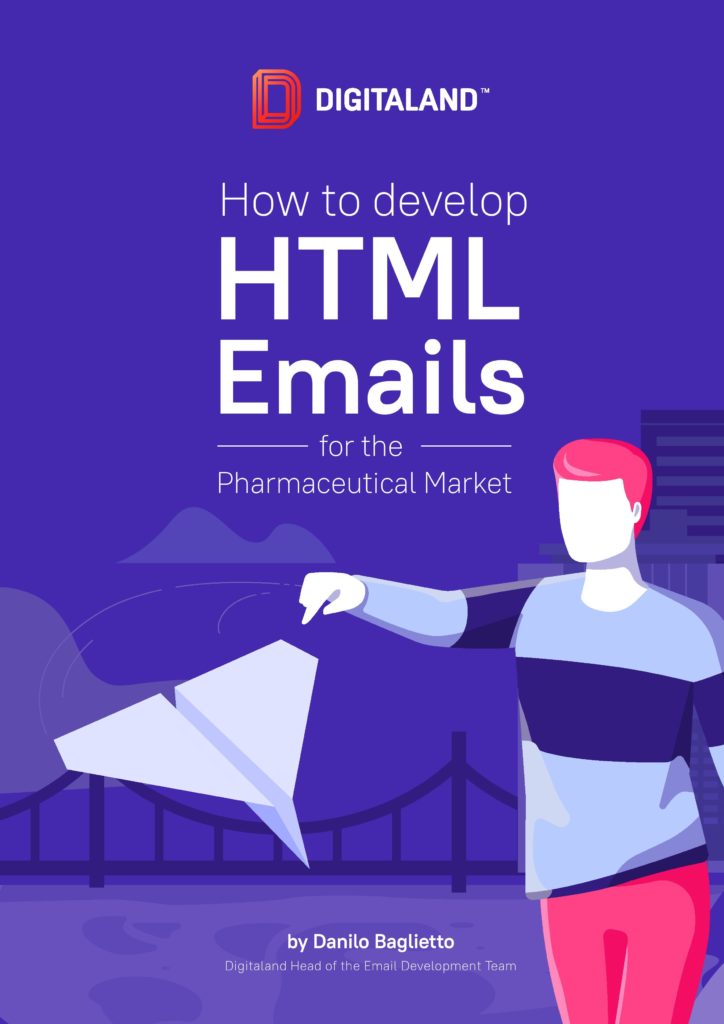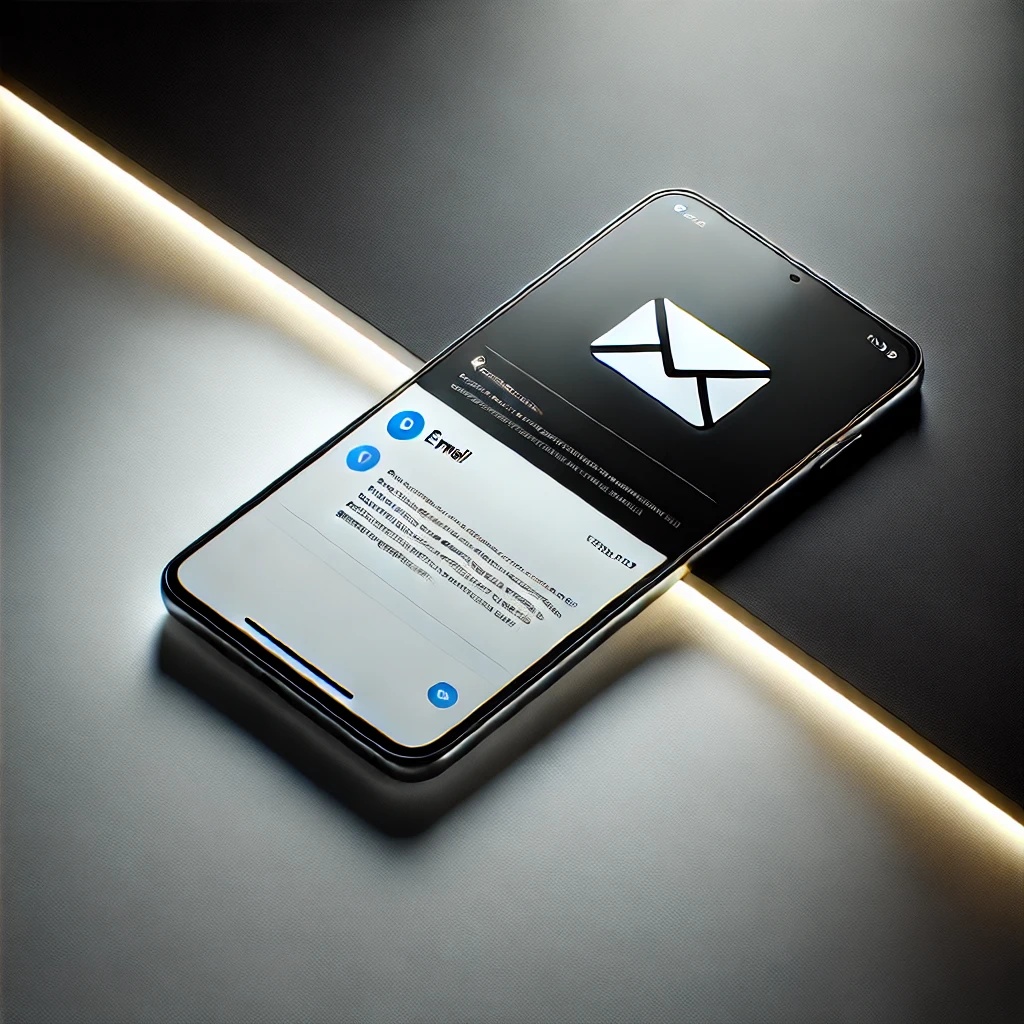For a pharmaceutical HTML email development project to run successfully, it’s important to follow a series of steps that we’ve outlined here. This process will help avoid the headache of constant back-and-forth emails, missed deadlines, and substandard deliverables.
Introduction
In a recent industry survey, nearly three quarters of respondents noted that their preferred marketing channel is email. That’s why sending emails to a targeted list of consumers is the bread and butter of many organizations, including pharmaceutical companies. Yet, as all pharmaceutical marketers know, email blasts and other forms of advertising must follow a set of requirements to avoid legal trouble.
Marketers also know that emails, along with all other forms of digital marketing, need to be compelling and elicit the viewer to take some type of action. However, in the pharmaceutical marketing industry, there is a fine line they have to walk between complying with legal requirements and producing creative and compelling content.
There are many stakeholders involved in approving the creative of each HTML email campaign. Pharma emails require a lot of text, which can be an additional challenge for emails that are viewed on a multitude of different mobile devices, email clients, and browsers. And when the files are ready to be submitted for MLR review, the team is under a lot of pressure to guarantee that each file is working perfectly. If the files are ultimately rejected, this causes a loss of time and money for your organization. It’s a demanding process that allows little room for error.
That’s why many organizations turn to HTML emails when marketing pharmaceutical products. Yet there are several considerations to account for when creating a new campaign. Because of the level of technicality required (your emails must look the same across a variety of devices, browsers, and screens), many choose to outsource the email creation process to an experienced digital production partner.
If you’re a project manager or an operations manager at either an in-house marketing department or pharma ad agency, or are in charge of delivering HTML email templates for the pharmaceutical market, this guide is for you. In this ebook, we’ll cover best practices for developing HTML emails for the pharmaceutical market that are compliant, functional, and effective. You’ll discover the essential team members needed for each email campaign, coding best practices, and learn all about the QA process and the tools that make the project run smoother.
Pre-Development
Team Overview
When you work with a digital production partner to create an HTML email campaign, a number of team members will be assigned to your project. Each person plays a particular role in ensuring that the project runs smoothly.
Project Manager: The project manager serves as the liaison between you and the development team. He or she communicates your campaign goals, the project timeline, and the deliverables that are expected. The project manager will also review the assets you’ve shared to make sure that everything that’s needed to start the project is available.
Developer: The developer assigned to your project is the one that builds the email. He or she will code the email and design it according to the assets and visual guide that you’ve provided.
QA Analyst: The QA analyst tests the final product to make sure it works and looks consistent across different email clients and browsers. He or she will also make sure that any and all links included in the email are working. The QA analyst will report findings to the developer and continue to retest after each round of revisions until all of the errors are fixed.
Assets & Project Scope
Before the project can begin, you’ll need to compile all of the assets that should be included in the final email. This could include images, fonts, and a visual layout guide. You’ll also send the email copy and links that are to be included. All visual assets should be of the highest quality so that the developer can manipulate them as needed to fit the size requirements of the final deliverables.
This is a list of some of the assets that you’ll share:
- Visual Guide: A visual guide in the form of a PSD file will contain images, text styles, colors, spaces, and other visual components that should be included in the final project. The developer will use the guide to build the email, and the QA analyst will compare the final product to the PSD to ensure conformity. If the email will be responsive, a separate guide for both mobile and desktop is required.
- Manuscript: The manuscript is simply a Word document that contains the copy that will be used in the email. The manuscript should include the important safety information (ISI) that’s required by law to include in pharmaceutical marketing materials like emails.
- Link Matrix: As most pharmaceutical HTML emails utilize several hyperlinks, the link matrix shows the developer where each link should be included. This spreadsheet will include a description of each element the link will be added (i.e. images, buttons, or text), the plain URL without a tracking code, and the URL with the tracking code that the developer will implement in the email.
- QA Scope: The QA scope will list all of the browsers, mobile devices, email clients, and operating systems that the email should be tested on. This ensures that email recipients will see an email that looks consistent on whatever device they’re using.
- Naming Convention: This is another document that helps both teams stay organized. If multiple emails are being created, we’ll label each file according to the naming convention that you stipulate.
- Visual Guide PDF (optional): If your email is responsive, an extra visual guide can be created for both mobile and desktop that serves as a visual reference for the project manager.
Along with the assets listed above, you and your project manager will solidify the scope of the project. Here are some of the considerations that your project scope will cover:
- How many email variations are required?
- Should the emails be responsive?
- Does the email include a preview line?
- Do image alt tags need to be added to images?
- Will there be a click to call function added in the email?
- Should links be tested by the development team?
- When is the final product due?
The HTML Email Development Process
Now that the team members have been assigned, the project scope has been defined, and all assets have been shared, it’s time to begin the development process. These are the five steps that help ensure the process is completed successfully.
1. Asset Quality Review
In the first phase, the project manager will review all of the assets you shared to make sure the team has everything they need to get started. After the project manager approves of the assets, the QA analyst will review them to double check that everything is uniform and that there are no inconsistencies in email copy, links, or image alt text. This free tool can be used to compare email copy to streamline this process. The analyst will also review the email’s subject line, preview line, and sender’s name and email.
2. Template Development
Now it’s time for the developer to get to work. The developer’s first step will be to create a master template of the email that will be used in all file variations. This master template will match the PSD file provided and will be coded with all of the links, images, and other HTML elements that should be included. In some instances, more than one master template will be created, depending on the requirements of the project. In addition, different adaptations of the master template will be created when a small change to content or images is required, or if the adaptation is 70% or more similar to the master template.
3. Quality Assurance
Once the developer has created and coded all required emails, the QA analyst will take over. This is one of the most important phases of the project because it ensures that the final product meets your standards. It’s especially important in the pharmaceutical industry due to the federal requirements of the ISI text. We’ll include more about the extensive QA process in the next section.
The QA analyst will be reviewing factors like functionality, consistency across browsers, email clients, and devices, and to confirm uniformity across all designs that have been produced.
4. Revisions
At this point, the QA analyst has noted any and all bugs and inconsistencies that were found during phase three and passes the revisions to the developer. The revision rounds will continue until all errors have been fixed.
5. Delivery
After the final revision round, the developer will export the files and turn it into the project manager, who will send them to you. Your HTML emails are now ready to be loaded into the service you’ll use to send the emails.



